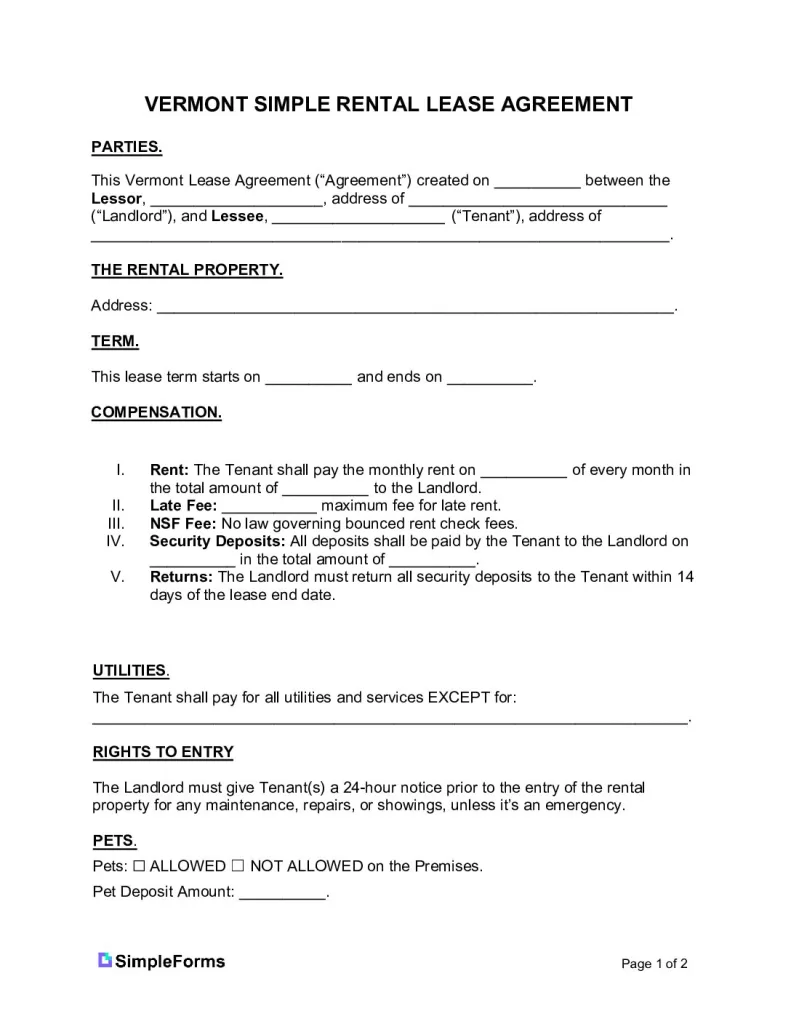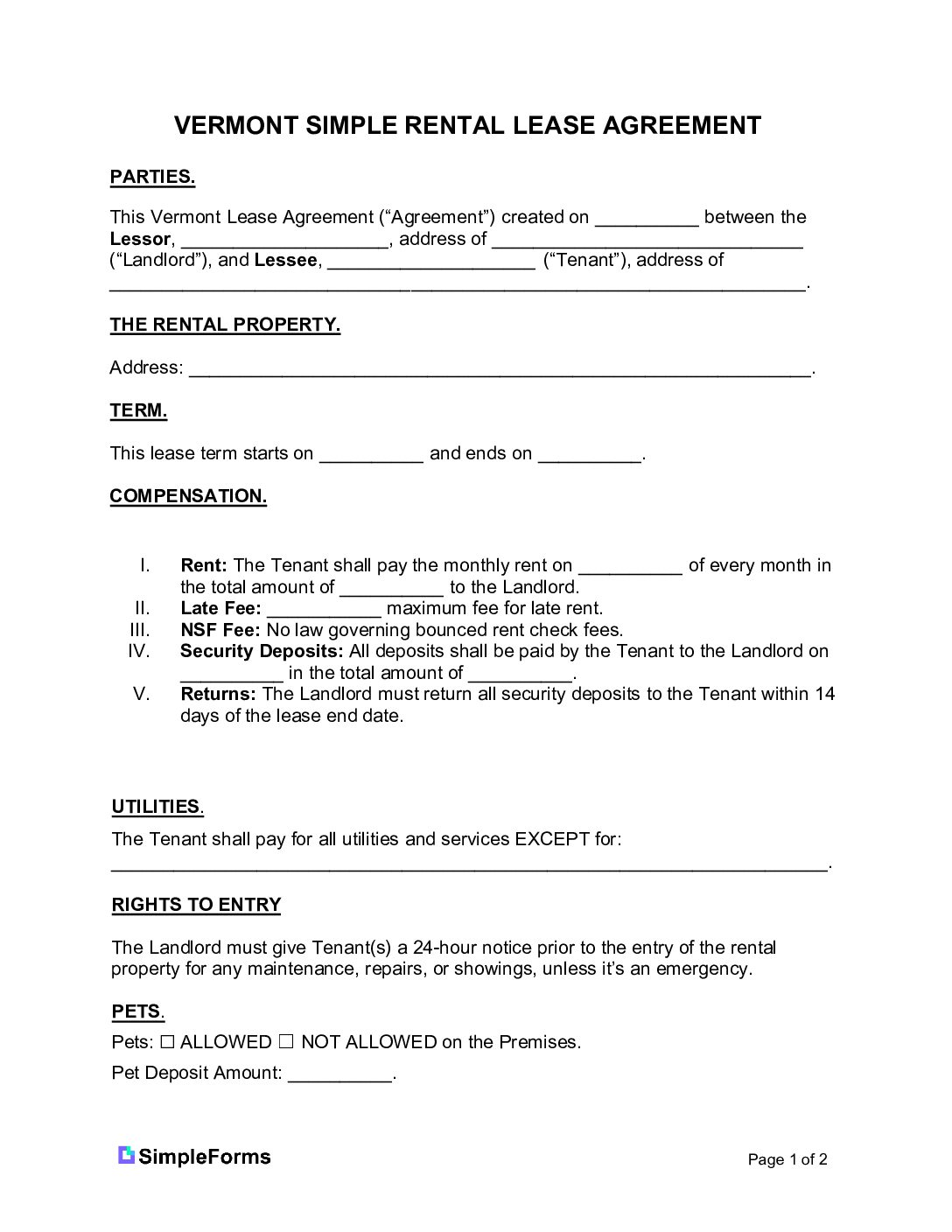An Vermont lease agreement is used when renting rental property and it is a contract between the Landlord and Tenants in exchange for monthly rent payments.
Form Options By Type
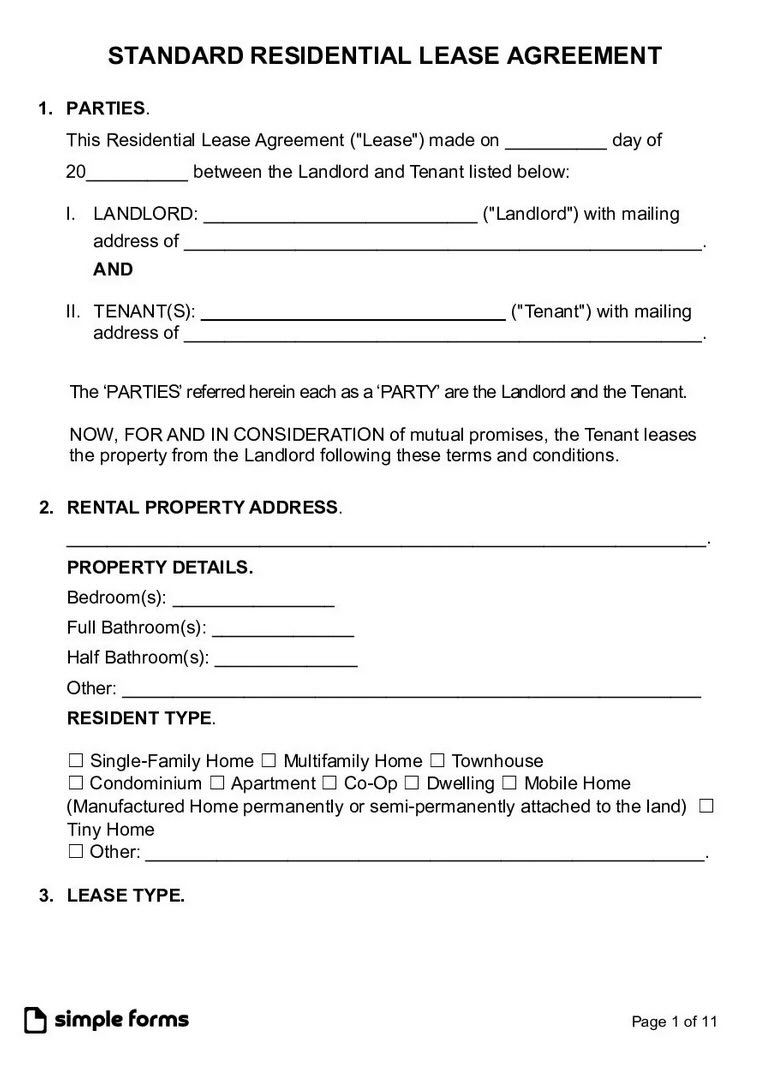 Standard Residential Lease Agreement Standard Residential Lease Agreement
Download: PDF |
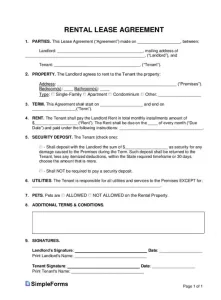 Simple (1-Page) Lease Agreement Simple (1-Page) Lease Agreement
Download: PDF |
Most Recent US Home Facts
- Population (2023): 334,914,895
- Median Households (2022): 125,736,353
- Median Household Income (2022): $75,149
- Owner-occupied Households (2022): 64.8%
Source: U.S. Census Bureau
What to Include in the Form?
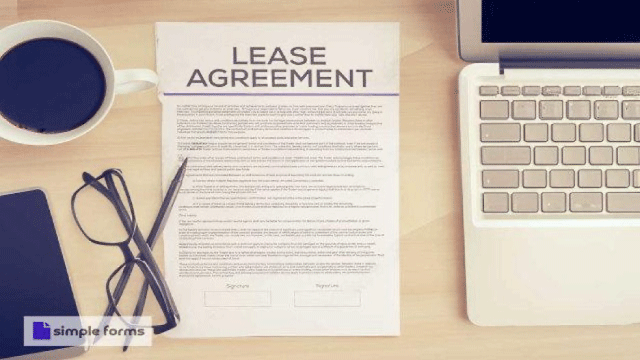
Required Disclosure (1)
Lead-Based Paint Disclosure
Security Deposits
Maximum – There is no maximum rent Landlords can charge Tenants.
Returns – All deposits must be returned to the tenant within 14 days of the lease end date. The Landlord must provide an itemized list of deductions if any funds were taken out of the security deposit.
Source: 9 V.S.A. § 4461(c)
Landlord Access
General Access – Landlords must provide prior notice before entering the premises as per state law of least 48-hours notice to the Tenants.
Source: 9 V.S.A. § 4460(b)
Paying Rent
Grace Period – There is no grace period law in Vermont.
Late Fees – The late fee for late rent must be “reasonable”.
NSF Fee – There’s no laws in Vermont governing fees for bounced rent checks.
Source: 9 V.S.A. § 4467(a)
